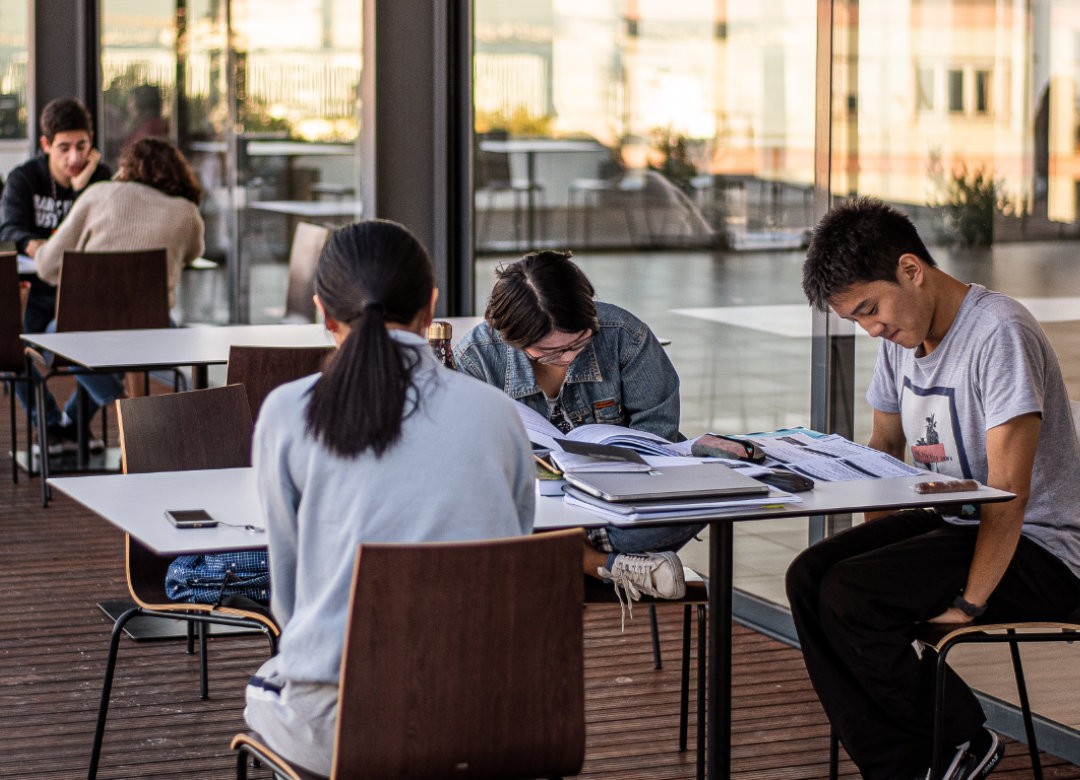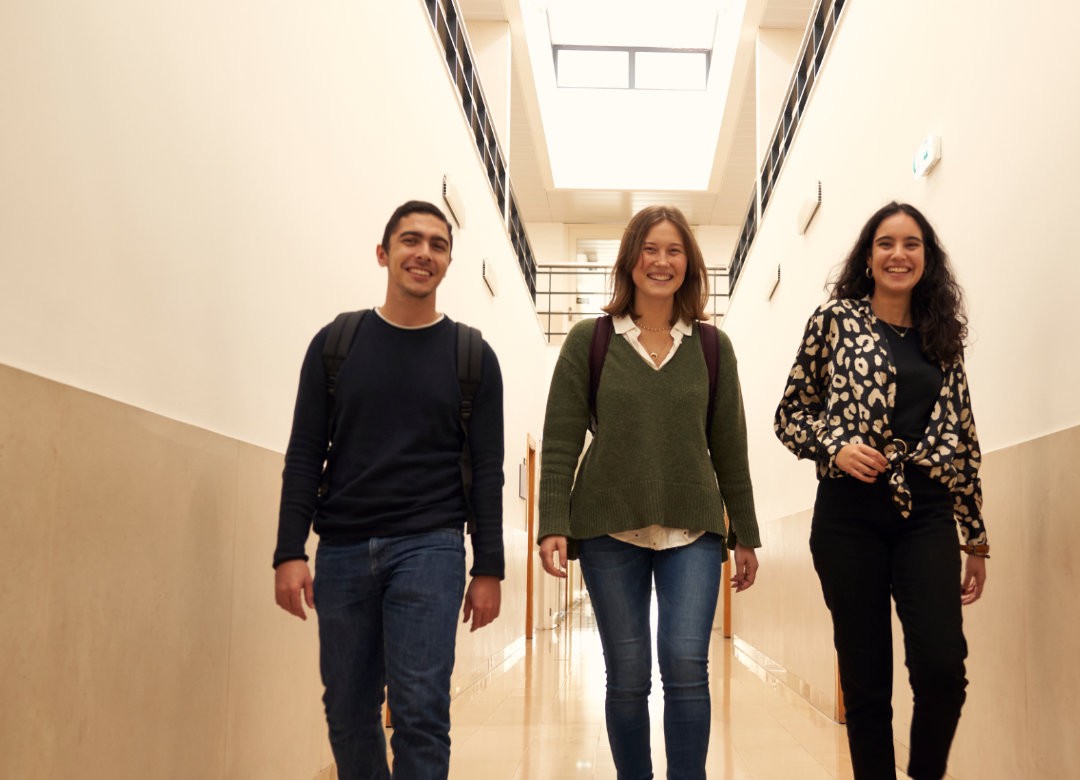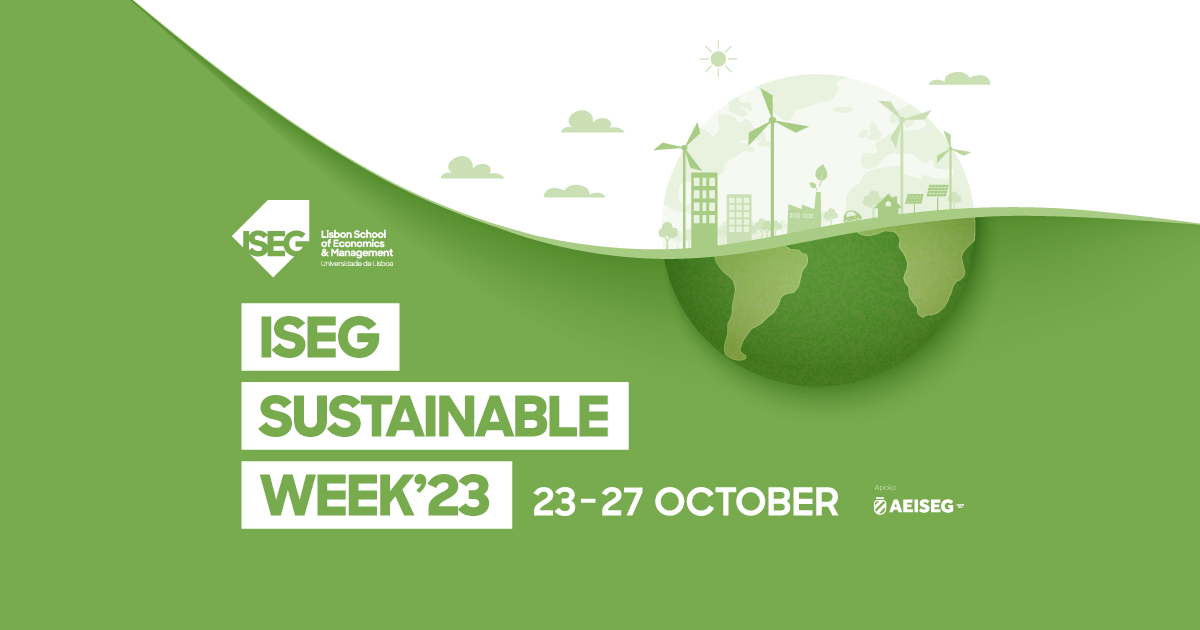The article "Symmetry-breaking in two-player games via strategic substitutes and diagonal nonconcavity: A synthesis" by Filomena Garcia, researcher at UECE and Assistant Professor at ISEG, has been accepted for publication in the Journal of Economic Theory (2010). The article was co-authored with Rabah Amir (University of Arizona).
This article seeks to generalize a set of strategic interaction models in which identical agents choose different strategies in equilibrium. These models include two-stage games between companies that make a long-term decision in the first stage, such as capacity, quality or R&D investment, and compete in the second stage in the product market.
The result is often that, in equilibrium, companies differentiate their levels of capacity, quality or R&D in order to reduce the intensity of competition in the product market. Using supermodular games, this article presents the conditions on the primitives of the model that allow us to obtain endogenous asymmetry. In particular, we find that a form of strategic substitutability and a form of non-concavity of the payment function are necessary. In the presence of these conditions, we only obtain asymmetric equilibria, even if we start from an a priori symmetric game.
This approach is also an attempt to contribute to the debate on explaining the origin of the heterogeneity of institutions.
Abstract:
This paper is an attempt to develop a unified approach to symmetry-breaking in strategic models arising in industrial organization by constructing two general classes of two-player symmetric games that always possess only asymmetric pure-strategy Nash equilibria. These classes of games are characterized in some abstract sense by two general properties: payoff nonconcavities and some form of strategic substitutability. Our framework relies on easily verified assumptions on the primitives of the game, and relies on the theory of supermodular games. The underlying natural assumptions are satisfied in a number of two-stage models with an investment decision preceding product market competition. To illustrate the generality and wide scope for application of our approach, we present some existing models dealing with R&D, capacity expansion and information provision, which motivated this study











